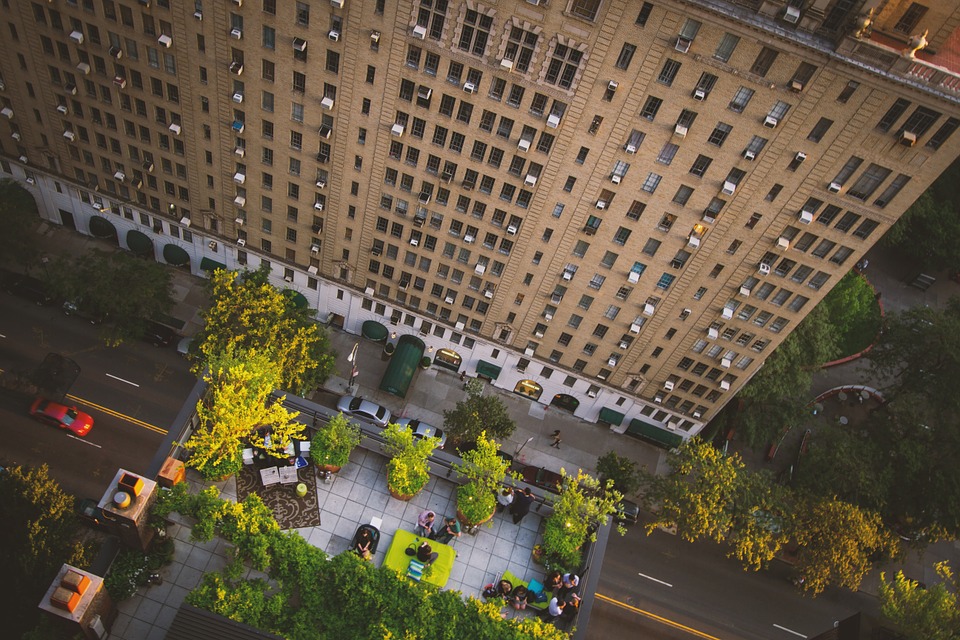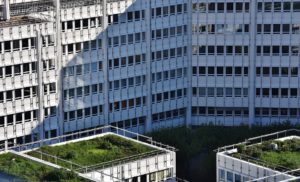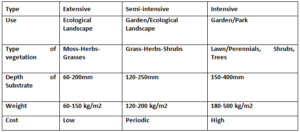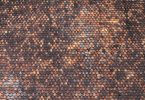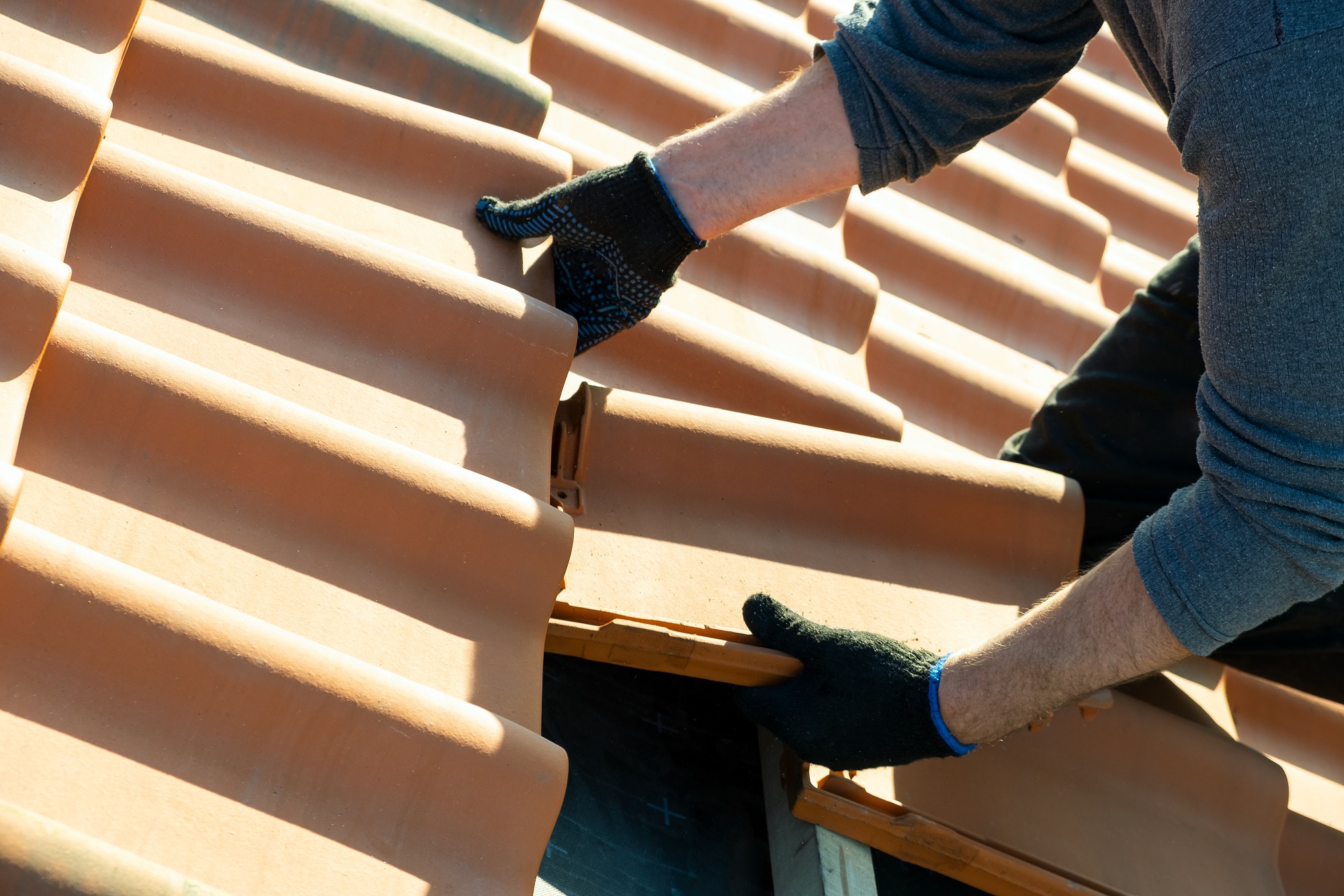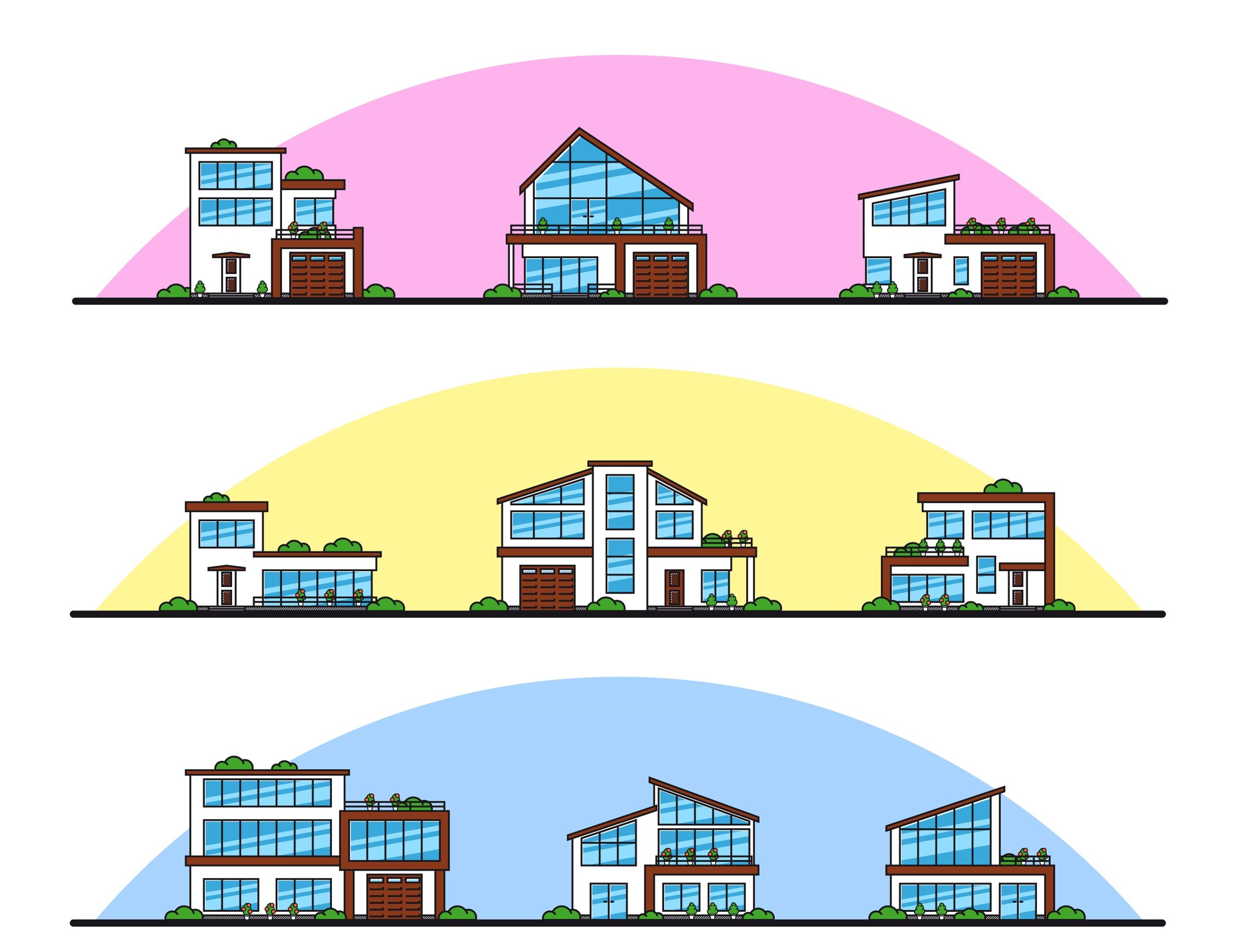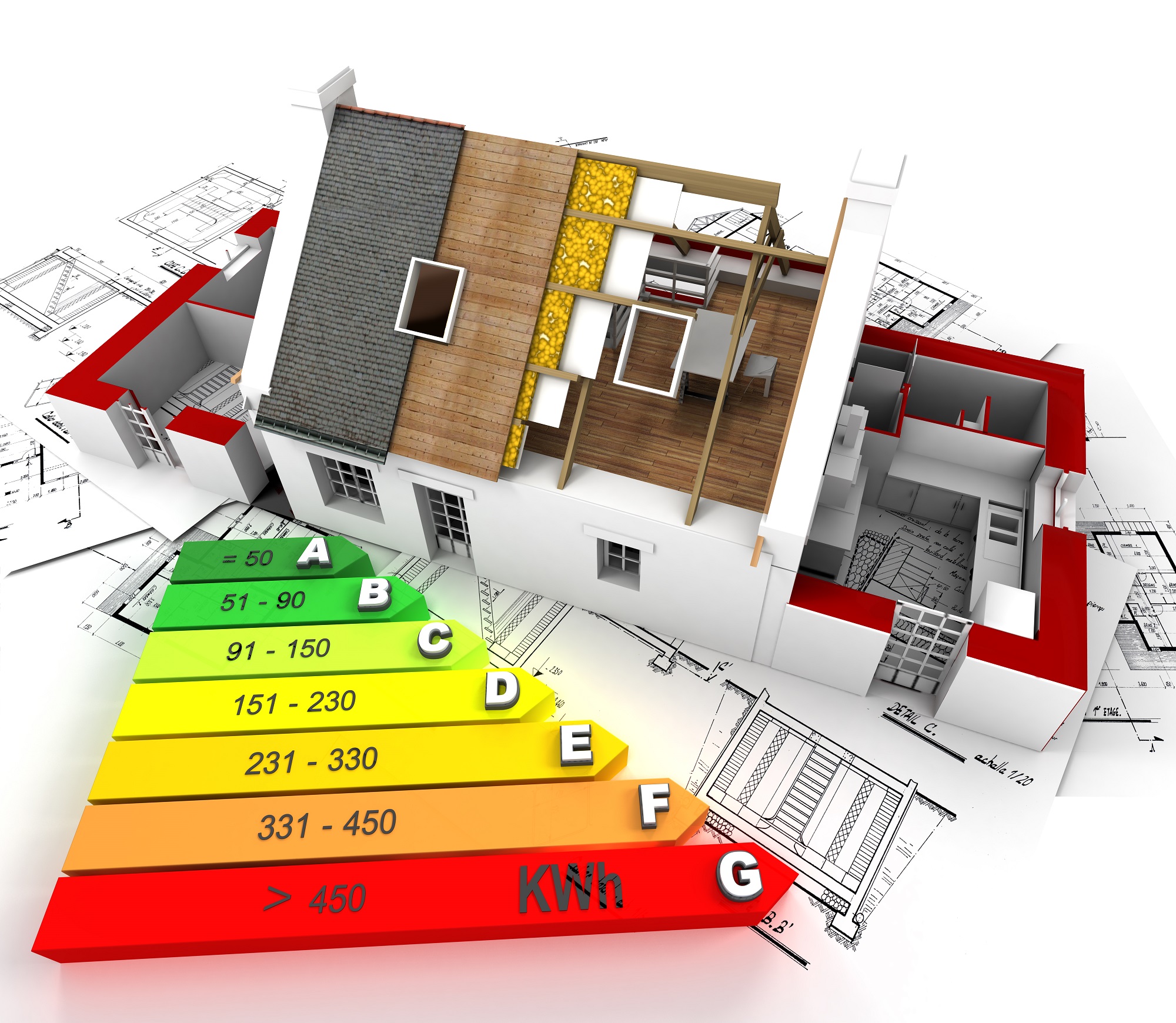Green roof is basically a complete system fabricated in such way that the inhabitants can grow plants on the roof of their house/building without suffering from any kind of leakages/damages to the roof membrane that protects building envelope.
Green roofs are suitable for all kind of building structures – right from small residential garages to large industrial warehouses – offering substantial benefits and an aesthetic architectural feature.
Where can green roofs be installed?
Green roofs can be installed almost anywhere – be it a large building or small ones. Ideally, green roofs are installed on –
- Residential homes
- Malls and commercial buildings
- Apartments
- Industrial warehouses and facilities
- Parking garages
- All kind of office buildings
Benefits of green roofs
- Improved air quality
- Storm water management
- Urban heat island effect
- Noise reduction
- Urban agriculture
- Higher savings on energy usage
- Increased lifespan of roof
- Aesthetic design
- Habitat space for rare wildlife
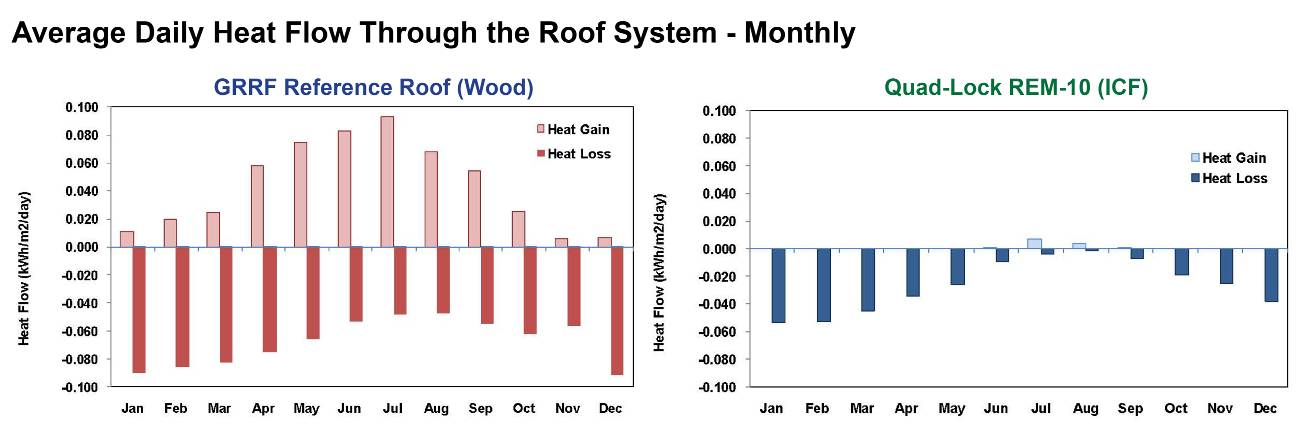

Types of green roofs
Green roofs can mainly be classified as –
Extensive green roof


Extensive green roofs are one of the most common types of green roof and chosen mostly for their ecological benefit. Extensive green roofs are natural low maintenance green roofs that are designed for environmental solutions. It is ideally suitable for roofs that are capable of bearing little load and are not supposed to be used as roof gardens. Extensive green roofs can be designed into new buildings and can be installed onto existing buildings as well.
Semi-intensive green roof


Semi-intensive green roofs are garden green roofs that carry the elements of both intensive and extensive green roofs. The deeper substrate level enables more opportunities for the design and the use of a wider range of complex plant mixtures. This type of green roofs is generally used to improve the aesthetic design of the building using small bushes, grasses, herbaceous perennials, and shrubs. Semi-intensive green roof requires a higher level of maintenance, extra cost expenses and more weight as compared to extensive green roof designs.
Intensive green roof
Intensive green roofs are also known as rooftop gardens and are considered best for gardens, parks, and urban agriculture. Intensive green roof is basically the replica of green spaces that can be found in the natural landscape – right from the small plants to trees, parks, gardens, walkways, and ponds – you wish it and can have it as well. These kinds of green roof design include intense landscaping, requires a large amount of maintenance and costs and thus are suitable for roofs that have a highly visible presence or public access.
Another considerable option, if you do not want many plants on your roof, is to install clay roof tiles that offer the same benefits as that of a regular green roof. The only difference is the unavailability of urban agriculture.
What are the structural requirements?


Green roof has two major advantages – it can either be admired as wonderful roof garden with a pleasant view for the owner or else can be utilized as an undistributed habitat for flora and fauna.
Depending on the type of green roof you will be installing, the structural requirement varies. In general, green roofs are held in place by the weight of grow medium. The minimum weight load is approx 17lbs. /sq. ft. and it keep increasing with the depth of the grow media. It is always recommended to consult a structural engineer to know the load the roof was designed for before installing a green roof.
What are the overall costs?
The overall costing of a green roof depends on its type, total space and the location along with the type of plants you are considering. On an average, installation costs of a green roof are estimated $15-$20 per square foot for all use types.
In general, extensive green roof requires the lesser amount of maintenance time and expenses. Semi-intensive green roofs require higher maintenance and cost as well; and intensive green roofs are one of the most costly kinds of green roof design one can have.
Economic growth with green roof


When looking at the bigger picture, green roofs are much cheaper than a conventional roof as green roofs can last up to 50-60 years with just the initial installing expenses and basic maintenance whereas a conventional roof needs regular maintenance and renovation after every 10-15 years.
For smaller buildings, though the payback period is longer, the health benefits and energy efficiency is huge. For industrial warehouses and facilities, the extra cost for heating and cooling systems can be covered up within few years. Green roofs also increase the resale value of the buildings along with increasing its desirability and lowering the vacancy rates.


